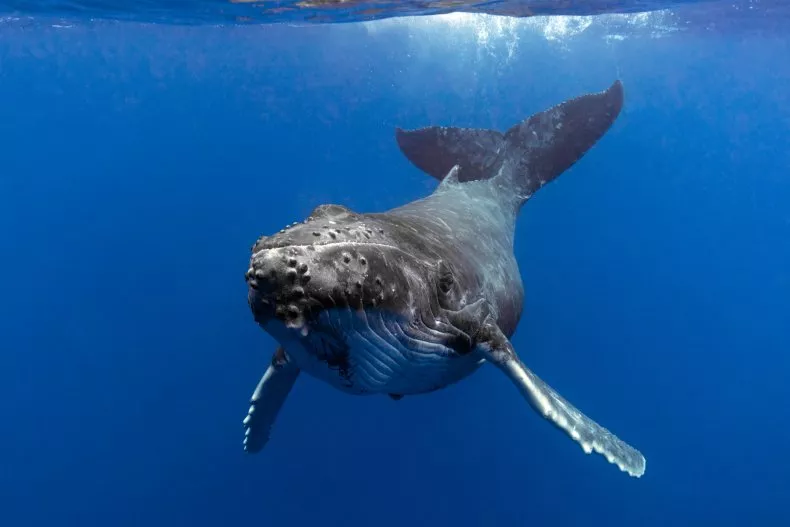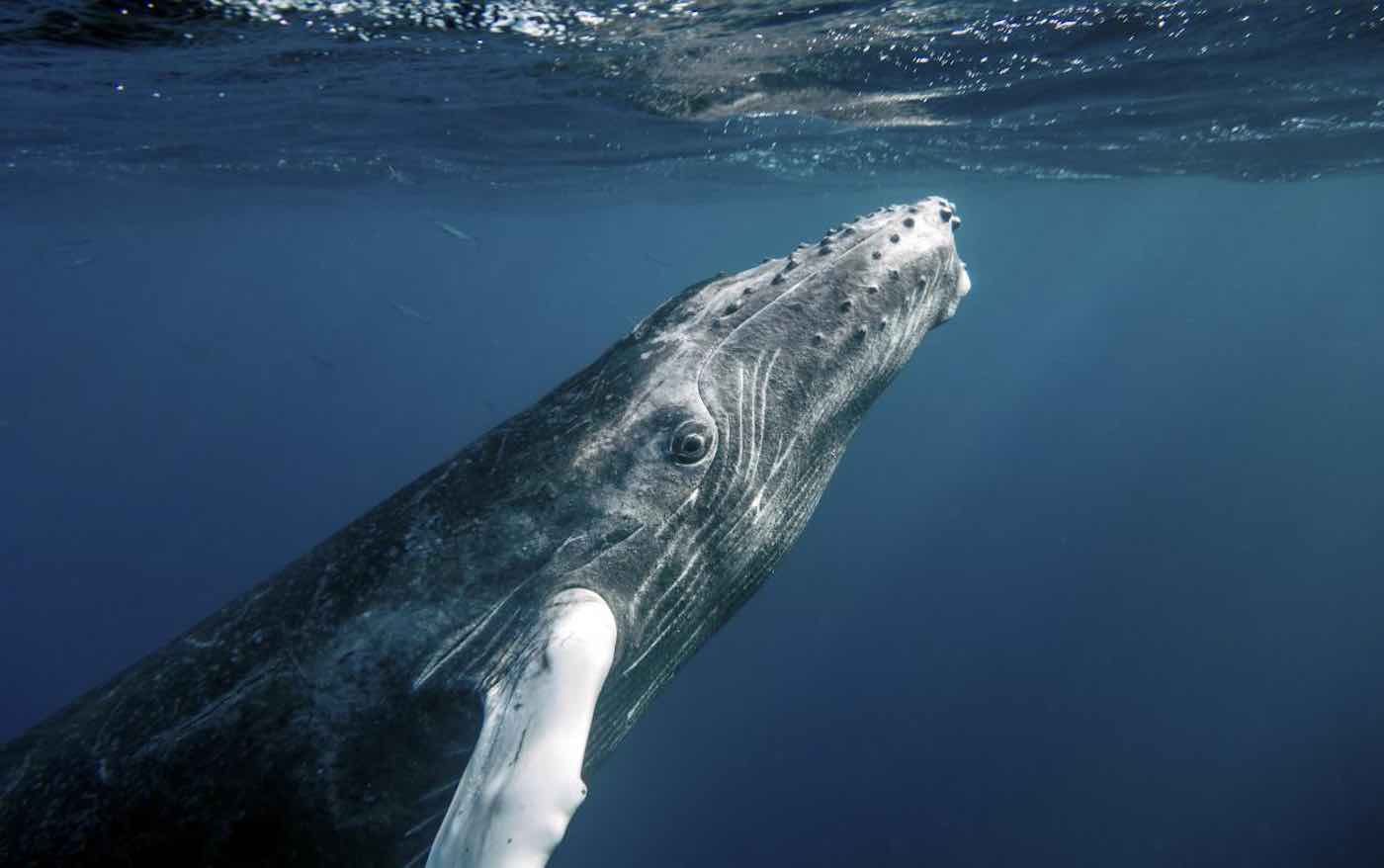The study of non-human animal signals challenges and informs our search for non-human intelligence with the ultimate hope of deepening the human-animal relationship.
The diversity of non-human intelligence that exists on Earth has been revealed in a multitude of observational and experimental studies over the past several decades.
This diversity is observed from octopus to ravens to elephants to whales, thus manifesting itself in a variety of both terrestrial and non-terrestrial environments.
Similar to studying Antarctica as a proxy for Mars, the Whale-SETI team is studying non-human communication systems to develop filters to apply to any extraterrestrial signals received.
“One needs look no further for a non-terrestrial form of intelligence than in the remarkable acoustic, behavioral and social versatility of the humpback whale,” the researchers said.
In 2021, they had a rare and opportunistic acoustic turn-taking with a 38+ year-old adult female humpback whale, known as Twain, in Southeast Alaska.
In response to a recorded humpback ‘contact’ call played into the sea via an underwater speaker, Twain approached and circled the team’s boat, while responding in a conversational style to the whale ‘greeting signal.
During the 20-minute exchange, Twain responded to each playback call and matched the interval variations between each signal.
“We believe this is the first such communicative exchange between humans and humpback whales in the humpback ‘language’,” said Dr. Brenda McCowan, a researcher at the University of California, Davis.
“Humpback whales are extremely intelligent, have complex social systems, make tools — nets out of bubbles to catch fish — and communicate extensively with both songs and social calls,” said Dr. Fred Sharpe, a researcher at the Alaska Whale Foundation.
“Because of current limitations on technology, an important assumption of the search for extraterrestrial intelligence is that extraterrestrials will be interested in making contact and so target human receivers,” said Dr. Laurance Doyle, a researcher at SETI Institute.
“This important assumption is certainly supported by the behavior of humpback whales.”
The study appears online in the journal PeerJ.
Citation:
B. McCowan et al. 2023. Interactive bioacoustic playback as a tool for detecting and exploring nonhuman intelligence: “conversing” with an Alaskan humpback whale. PeerJ 11: e16349; doi: 10.7717/peerj.16349
This article was first published by Sci News on 13 December 2023. Lead Image: The humpback whale (Megaptera novaeangliae).
What you can do
Help to save wildlife by donating as little as $1 – It only takes a minute.



Leave a Reply